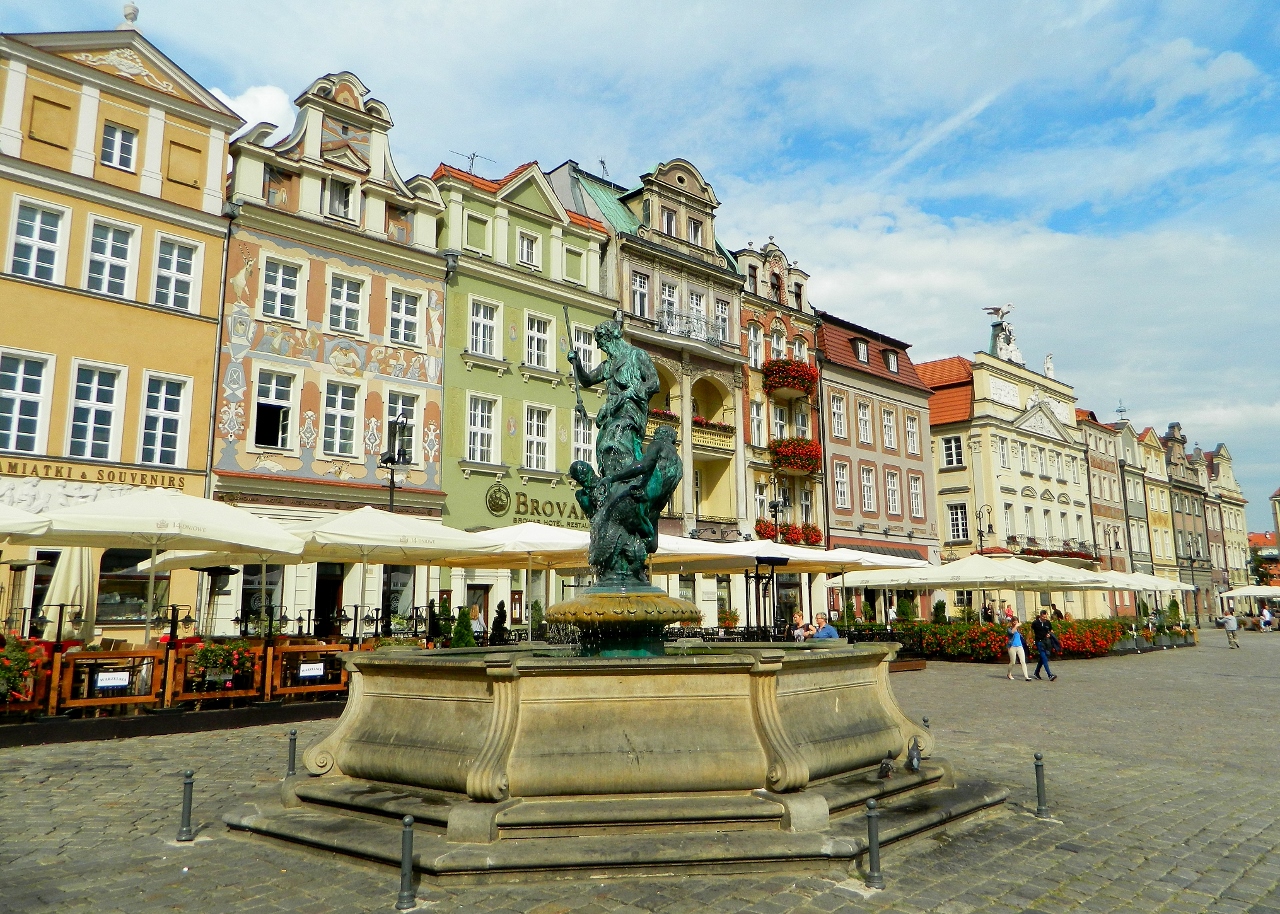Of all the countries within modern Europe, Poland has surely had the most chequered history. It’s fairly central position and relatively flat geography have made it the subject of conquests for centuries by land-hungry neighbouring empires, as well as fodder for aggressive armies intent on simply marching through.
It has seen ‘golden years’ when its economy, culture and artistic development dazzled the continent and drew different trading and religious communities to live in its liberal and tolerant society. Its borders have expanded and contracted across the 1000 years or so of its existence as it has won alliances, fought and lost battles, and been partitioned by greater powers as booty in the spoils of war.

Established by its first Kings with the blessing of the Holy Roman Empire it united the Black and Baltic Seas, was proffered by its nobles to foreign monarchs, and sold out by Napoleon in his disastrous campaign against Russia.
Wiped from the continent’s map for 123 years the dream of a Polish state was reborn in 1918 but lost to the Nazis in 1939 and ultimately to Russia from 1945. Poland declared itself an independent state in 1989 following its people’s overthrow of communism, and finally governed itself again almost 1000 years after its creation.
We went to Poznań, considered the birthplace of the Polish state in the 10th century. At that time as small settlement on an island on the River Warta it became one of two capitals of the duchy of Prince Mieszko I of the Polonian tribe. Seeking greater unity and the protection afforded by the Holy Roman Empire he established Poland’s first Bishophric and church.
Adopting Christianity he was baptized in nearby Gniezo in 966 and began the Piast Dynasty that would last 400 years. His son, Boleslaw (‘the brave’) was crowned around the year 1000 and recognised by Emperor Otto III as the first King of Poland.

Ostrow Tumski is now a small enclave of diocesan and religious buildings on the original island. Built in 966 as a Romanesque church, all that now survives are the foundations as well as the remains of the fonts and burial tombs of the two sovereigns, Mieszko I and Boleslaw. On top of the foundations a soaring brick basilica with three naves and two towers now contains the sarcophagi and statues of the two men.
The atmosphere on the tiny island was peaceful and somewhat ecclesiastical despite the crowds of families and friends gathering along the old bridge, Stary Most, for some inexplicable music and cake event.

Nearby, the slender brick-build and very pretty church of St Mary is closed for excavations following the discovery of the foundations of the original royal palace, and first seat of the Polish State. Consequently the small island holds a reverential status in the minds of Poles as the seat of their country.
In the 13th century a new town was built on the neighbouring river bank and through booming economic success it achieved its peak in the 16th century.
The historic heart of the town today is a recreation of its medieval greatness, having been destroyed in the Second World War. The Old Market Square, Stary Ryneck, is grandly elegant with gothic, renaissance and baroque town houses decorated in warm pastel colours, reliefs and paintings.

At noon we enjoyed the daily appearance of two mechanical goats that butted each other a dozen times on top of the town hall. Together with a serenading bugler the goats keep up a custom from the early 1500s, and are also the proud symbol on the town’s beer, Lech.
Camping alongside Lake Malta we enjoyed a moment of serendipity. The world class rowing lake was hosting the finals of the ‘World University rowing champions’ and we jogged along its banks cheering on a very young Team GB crew.
Before we puffed to the finishing line the girls had got their boat out of the water. Meantime, on the podium to collect their gold medals, was an equally young Team GB four man crew, Hurrah! We saw the ceremony on a big screen across the lake!
At Gniezno we climbed one of the towers of its gigantic Gothic cathedral for panoramic views across the wide landscape of Greater Poland. Contemporary to Poznań it is considered the symbol of Polish Christianity as it was here that Mieszko was christened and Boleslaw and later kings were crowned.
It was also where the body of murdered St Adalbert, Poland’s patron saint, was buried until its theft and subsequent second burial in Prague.
We left the cathedral as smartly dressed and strongly perfumed wedding guests began to arrive for a 3pm service. As the surrounding area was largely agricultural and busy with small tractors and old machinery at harvest time, we wondered if it was a rural families wedding.
Excitement was in the air so we headed out of all of the photographers’ way and back to Bertha, the only the campervan in the car park and seemingly, this part of Prussia.













